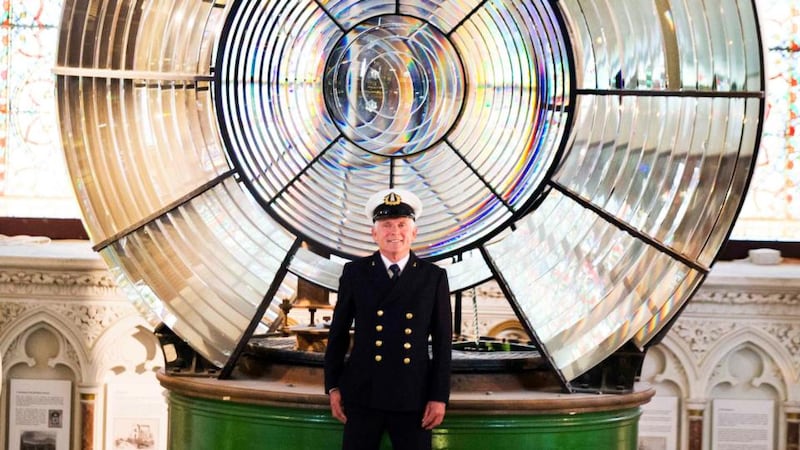Safe navigation may be their primary purpose, but 12 working lighthouses around the Irish coast are about to open their weather-beaten doors for overnight accommodation.
The Commissioners of Irish Lights (CIL) has refurbished the lighthouses, extending from St John's Point in Co Donegal to Wicklow Head, Co Wicklow, as part of a tourism initiative which has received €2.5 million from the EU's Interreg IV – a cross-Border programme.
The Great Lighthouses of Ireland, as the network is called, will complement the Wild Atlantic Way driving route, according to CIL chief executive Yvonne Shields.

“Every night from July, some 70 people will be able to stay in a lighthouse on this coastline,” she says.
Self-catering accommodation in some lighthouse locations has been available for a number of years through the Irish Landmark Trust.
It will be a partner in the latest initiative which also involves the Royal Society for the Protection of Birds, a number of development companies, communities and local authorities.
The plan to lease lighthouse accommodation aims to maintain the lights at a time of budgetary challenges for the organisation which runs more than 70 such installations around the 7,800km coastline.
Trained as guides
Historically, all shipping dues paid by marine transport companies using lighthouses and navigation aids were assigned to a general lighthouse fund administered by department of transport in London.
However, from 2015, Irish Lights’ costs in the Republic have to be funded from its own operations. The new project aims to generate 19,000 bed nights, with revenue generated used to maintain the lighthouse structures, said Ms Shields.
Former and current assistant lightkeepers have been trained as guides, including Gerald Butler, based at Galley Head, Co Cork, who is author of the recently published book The Lightkeeper.
Mr Butler, who was on west Cork’s Fastnet lighthouse during the ill-fated Fastnet yacht race in 1979, described it as a “wonderful idea” which would ensure the long-term future of lighthouses.
“Each of these 12 lights has about 160 to 200 years of history behind it,” he said. Once manned by lightkeepers, the navigational aids were automated several decades ago.
Tourism Ireland, Fáilte Ireland and Tourism Northern Ireland are supporting the project, and privately-run accommodation on Clare Island, Co Mayo, is also part of the network.
Among the other 11 lights are: St John’s Point and Fanad Head, Co Donegal; Rathlin West and Blackhead in Co Antrim; St John’s Point, Co Down; Wicklow Head, Co Wicklow; Hook, Co Wexford; Ballycotton and Galley Head, Co Cork; Valentia Island, Co Kerry; and Loop Head, Co Clare.









